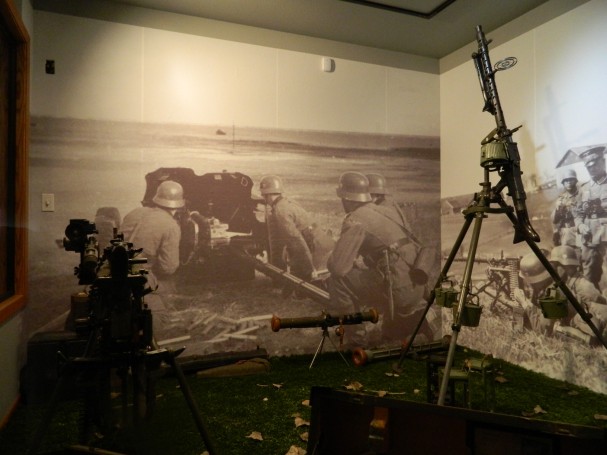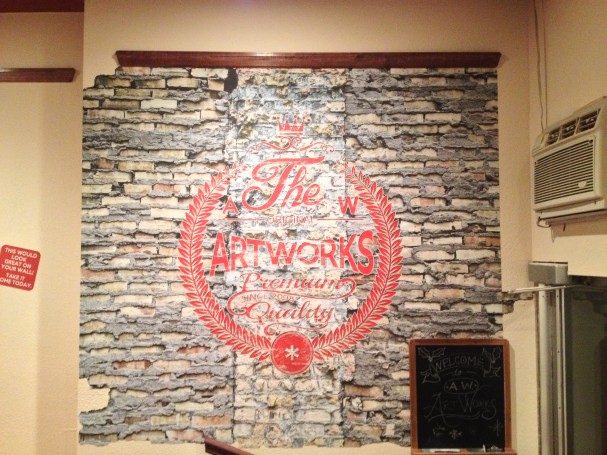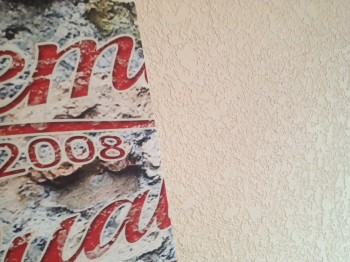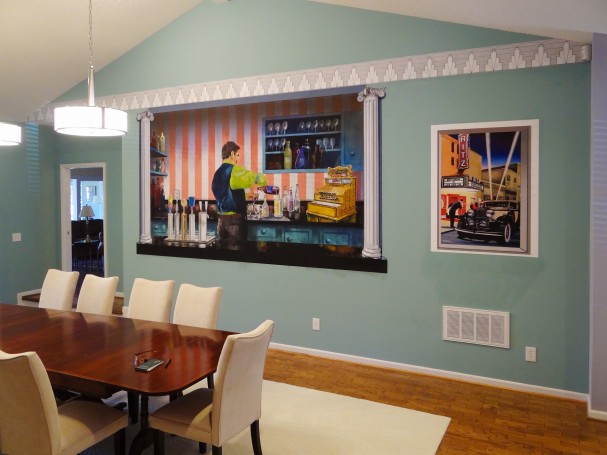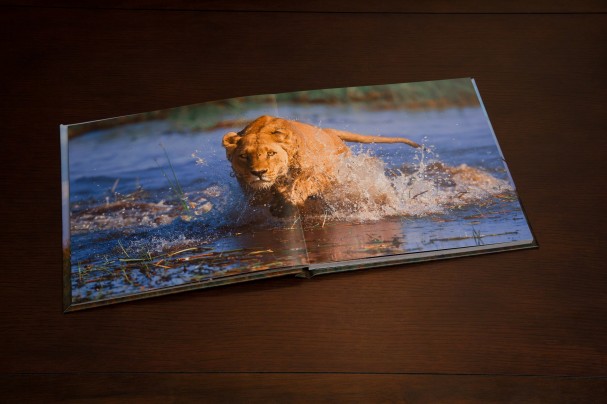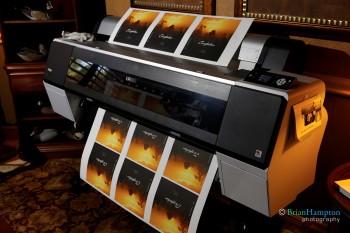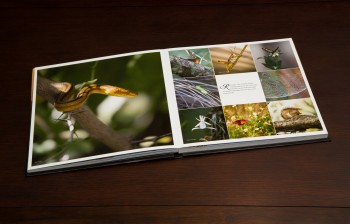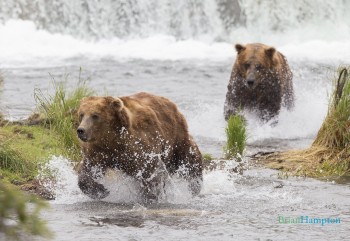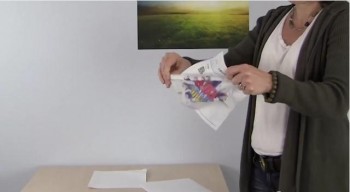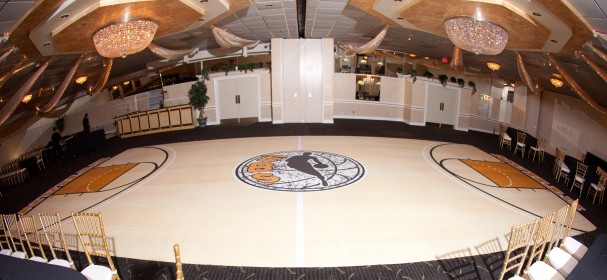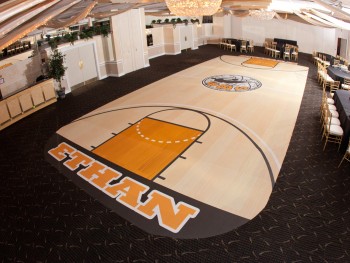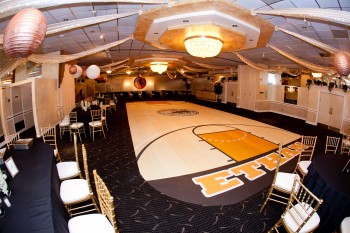It’s one thing to learn about World War I, World War II, Korea and Vietnam on the Military Channel, but quite another to see the actual equipment and weaponry and rare photos from those conflicts in person. Tom Rancour, who’s an engineer by trade, is the curator of the privately-owned Armed Forces Military Display and Gifts museum in tiny Wasta, S.D., which is near Rapid City.
 The museum is located right off I-90 with visibility that helps ensure curious passersby stop in to see the impressive collection of military memorabilia, much of it drawn from Rancour’s personal collection. As an engineer, Rancour is used to printing in large format with an HP3500CP, but mainly for CAD drawings and renderings.
The museum is located right off I-90 with visibility that helps ensure curious passersby stop in to see the impressive collection of military memorabilia, much of it drawn from Rancour’s personal collection. As an engineer, Rancour is used to printing in large format with an HP3500CP, but mainly for CAD drawings and renderings.
Creating large murals that help shed additional light on the various displays, however, is another matter entirely. Rancour wanted to include two rare photos from his private photo collection that would tie into a display of German field equipment used in World War II.
“I looked for a year and a half for a material I could apply to the wall to avoid hanging photos in the back of that display case. When I found Photo Tex at LexJet I was so relieved because it saved a lot of headache on how to hang that material,” says Rancour. “Those photos are originally 1 1/2″ x 2”. I scanned them with an Epson scanner and then printed them on the HP printer using the HP Standard Coated Paper setting, and that seemed to do the trick.”
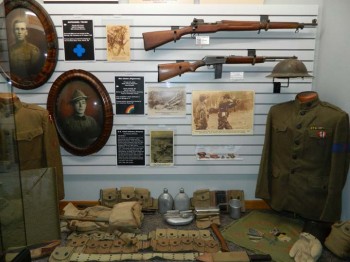
Rancour adds that the quality of German photography from that era was head and shoulders above what the Allies were producing, thus allowing the images to be blown up to life-sized wall murals.
“You can’t argue with a photo for accuracy, and much of what’s on display is also in the photo,” says Rancour.
Rancour was relieved to find Photo Tex because the material is almost infinitely repositionable and doesn’t tear the paint off the wall. Rancour decided to use Photo Tex EX instead of the regular Photo Tex since the EX version has an adhesive that’s 40-45 percent stronger.
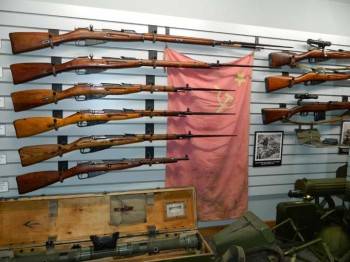
“It was easy to apply with just about the worst condition you could have on a wall: an eggshell textured surface. I went to the EX because I was concerned about that. The standard Photo Tex probably would have worked, but better safe than sorry, and it’s only a few dollars difference between the two,” says Rancour.
Rancour adds that he used a self-leveling visible laser level on a mast tripod to align the mural panels at the top. “I used my hands and a wallpaper brush to smooth out the material. A razor blade was used to cut off the unprinted margins on a cutting table, and to cut around the wall switch, security sensor and outlet openings,” he says.
So, if you’re in the Rapid City area, be sure to drive out to Wasta and check out one of the few privately-owned and funded military history museums in the Midwest.

